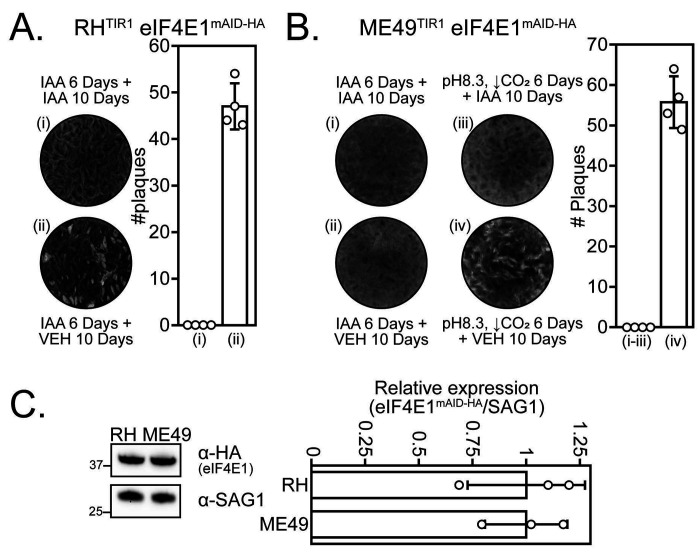Figure 7. Reactivation assay of eIF4E1mAID-HA parasites after stress-induced or IAA-induced bradyzoite formation.
A) RH eIF4E1mAID-HA strain parasites were treated for 6 days with 500 μM IAA to induce bradyzoite formation; cultures were then allowed to recover in 0.5% DMSO (vehicle) or left in IAA for 10 days before assessing parasite growth by plaque assay. A bar graph shows quantitation of the plaque number ± standard deviation from four replicates. B) ME49 eIF4E1mAID-HA strain parasites were treated for 6 days with 500 μM IAA to induce bradyzoite formation then allowed to recover in 0.5% DMSO vehicle or left in IAA for 10 days before assessing parasite growth by plaque assay. An alkaline stress treatment without IAA was included to assess the general ability of parasites to recover from stress-induced differentiation. A bar graph shows quantitation of the plaque number ± standard deviation from four replicates. C) Western blot analysis to determine the relative expression levels of eIF4E1mAID-HA in RH and ME49 strains. Molecular weight markers are shown in kDa. Densitometry of the relative eIF4E1mAID-HA expression ± standard deviation compared to the SAG1 loading control was conducted and quantitated from three biological replicates.

